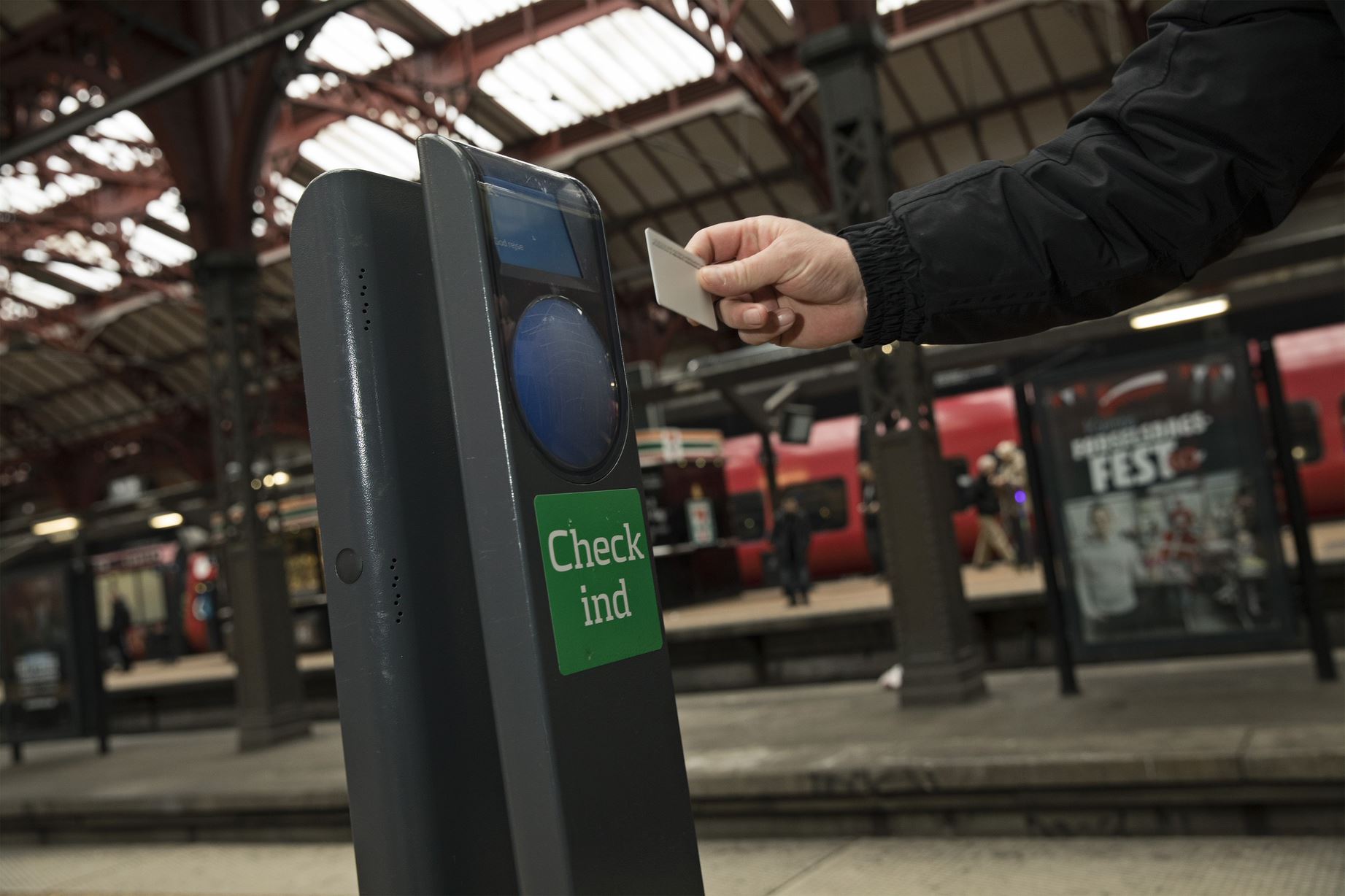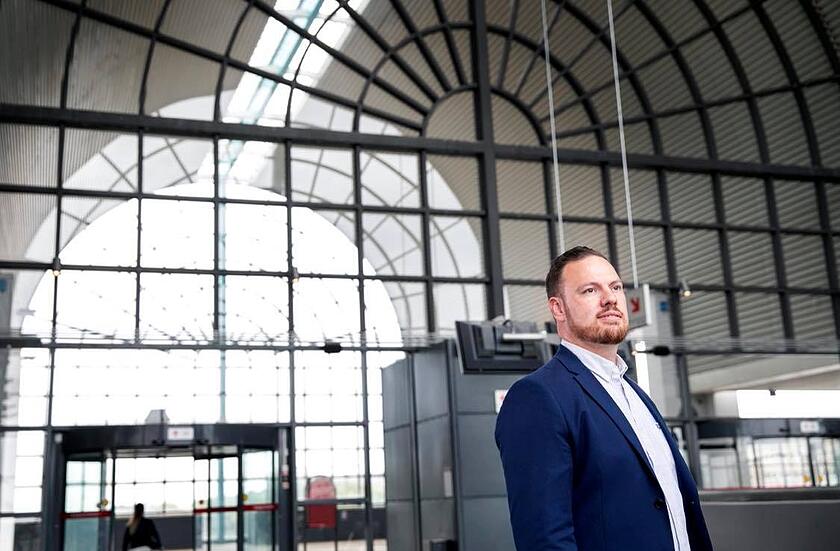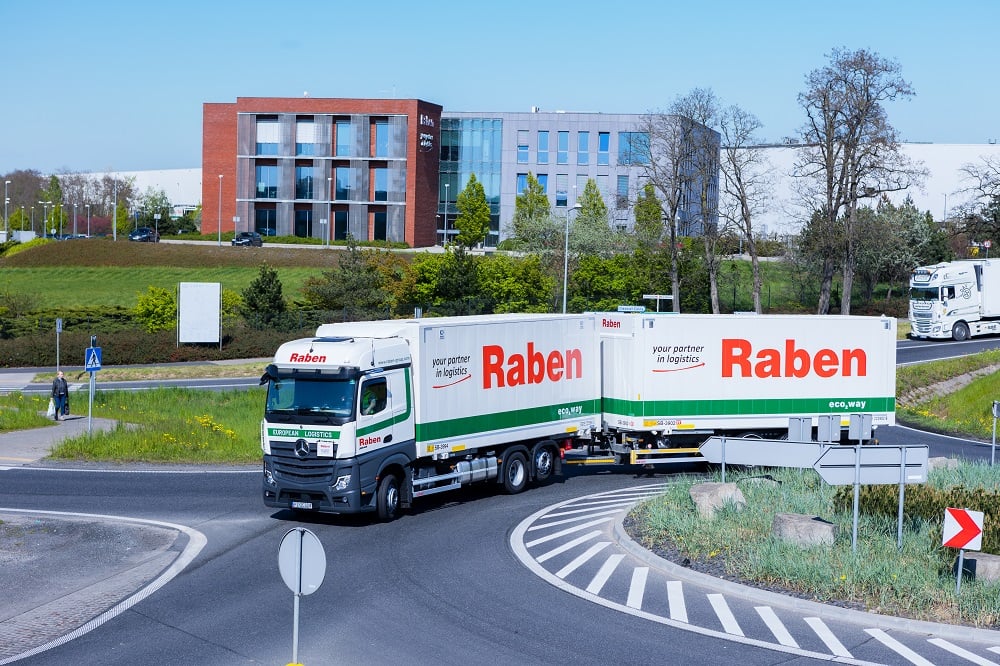
Client:DSB
Industry:Transportation & Logistics
Region:Europe
DSB on Track to RPA Success with UiPath Center

12
years of FTE time for other customer-facing activities released by automation in the Customer Center
165,000
days of case processing for nearly 15,000 customers—in the company’s Basic Travel Time Guarantee scheme—saved by robots
12
Automating traveller discount scheme eliminates the need to re-deploy 12 members of staff initially and smooths peak period to offer continuously high levels of customer service
3 days or less
CoE delivers automations in three days or less to help DSB to respond to COVID-19 pandemic
Client Overview
DSB (Danske Statsbaner) is the leading train operating company in Denmark, and the largest in Scandinavia. While DSB is responsible for passenger train operations on most of the Danish railways, handling more than 195 million passengers every year. With around 7,400 staff and a turnover of DKK 10 billion ($1.6 billion), the company is committed to delivering the highest levels of customer experience.
DSB began its automation journey to bring back hours for its employees, but it soon began to focus on its customers.
Getting trains to run on time is all about repetition and efficiency. Getting people to travel by train involves great customer experience, comfort and service. Danish train operator, DSB, has been working with UiPath to automate key processes for greater efficiency and discovered it could help build better relationships with its customers.

There are many challenges for train operators worldwide. Passengers want journeys that are punctual, enjoyable, and stress-free. For national operators like DSB that are owned by the government, cost and value for money are also essential parts of their service.
The company realized that RPA had a major role to play. After a tender, UiPath was selected as the RPA tool of choice due to its modular approach giving the flexibility to create automations for its specific needs. The UiPath tools allowed the company to take advantage of the scalability and security of a cloud environment when building automations.
Putting customers first
One of the first processes that DSB automated was to enable young people to renew their Youth Card. Previously, the process was highly manual and involved a lot of steps resulting in the customer waiting up to two weeks for a new card. Developing a robot to handle many of the mundane tasks reduced that to four days. Besides, the company could avoid hiring six new people that would have been necessary to achieve the same level of service improvement.
Kim Bøgholt Max Petersen, head of DSB's automation team, says: ”When we started our journey, the board were very focused on the time we could bring back to the business. The Youth card automation really caught the attention of senior management. It gave our costumers a better service with a stress-free purchase experience. We could offer cost reductions as our employees spent less time fixing problems. All without having to hire additional staff.”

Improving contact with the customer
The DSB Customer Center was one of the first areas within the company to benefit from automation. It receives thousands of enquiries from customers every day seeking help and information. For center staff, answering these queries has often involved slow, repetitive tasks.
Working closely with Customer Center employees, the team was to help optimize and then automate these processes so robots could handle more and more inquiries. The results were very quickly apparent. In 2019 alone, robots handled over 180,000 individual cases. In just one process dealing with the company’s Basic Travel Time Guarantee scheme, robots saved almost 165,000 days of case processing for nearly 15,000 customers.
In all, a total of 12 years of FTE time was released for other customer-facing activities. This lets the Customer Center re-purpose its time to innovate with completely new services. For example, it freed staff to open up a chat dedicated to customers who use its “Youth card” product. Through the relocation of the tasks, staff have better opportunities to take care of the phones and chat when it’s busy.

The Youth card automation really caught the attention of senior management. It gave our customers a better service with a stress-free purchase experience. We could offer cost reductions as our employees spent less time fixing problems.
Kim Bøgholt Max Petersen • Head of DSB's automation team
Embedding automation into the business
Gilhooly comments: “Unlike other vendors where we were looking at buying multiple licenses, UiPath allowed us to purchase a single robot and then add robots one at a time after that. This made it very affordable for us to move into proof of concept and pilot stages quickly. Also, UiPath seemed very straightforward to learn, and the company offered excellent training and support to enable us to build our RPA capability.”
The success in automation within the customer service part of DSB led to a change in strategy. The company established an Automation center of excellence (CoE) within its Strategy department to encourage the adoption of automation across the entire business.
Kim explains: “Automation is a strategic initiative to help support the direction of the company. From strategy, that’s possible while still being able to reach out and help all departments and work closely with IT. In addition, we could offer our services without the business having to use their IT budget. This removed the barrier of having to balance a very pressured IT budget with the focus on delivering the benefits of process optimization.”
Initially, the company worked in six-week sprints using an innovative ‘Tiger Teams’ approach that embeded business analysts and developers from the CoE within the business units to identify, document, optimize and automate an initial process. As the company’s automation program has matured, this approach has evolved. The CoE team now works intensively over three weeks with the business units to fully understand how it works and where best to automate.
Our new approach gives better knowledge of business needs but also lets us compare outputs from a unit to what we have in the pipeline enterprise-wide. We can then make decisions on what automations will quickly return the best benefits,” explains Kim.
The DSB Customer Center demonstrates the success of the strategy of Kim and his team that has, for the first time, made automation part of its tactical implementation plan—that sets out how an area will continually improve.
By having the CoE in strategy, we could work closely with IT and reach out to other business areas. We wanted to educate those functions on what was possible and get them to start their own journey
Kim Bøgholt Max Petersen • Head of DSB's automation team
Speed and flexibility
The speed and flexibility with which automations can be developed has also proved a major benefit to DSB.
Kim recalls when essential maintenance work meant that trains had to be canceled and replaced by a bus service. The customer service team was keen to compensate customers for the inconvenience by introducing a ‘two months for the price of one’ discount scheme on travel cards. The only challenge was that the company hadn’t done this before.
Kim says: “The discount scheme was temporary so it would be too costly and take too long to take a traditional IT approach. RPA offered an alternative and, we were able to quickly to develop and deploy the automation so that our customer service team were able to deliver their discount scheme.”
Kim estimates that it would have taken up to 12 extra members of staff to administer the scheme in its first two months, and, as the scheme was temporary, it'd have involved a great deal of wasted effort to get people to understand the process just for it to be suspended. Now that the initial rush is over, the robot handles the workload of two employees but scales rapidly seamlessly to handle spikes in workload without needing to increase budget or resources.
We were able to quickly to develop and deploy the automation so that our customer service team were able to deliver their discount scheme.
Kim Bøgholt Max Petersen • Head of DSB's automation team
Speed was of the essence during the COVID-19 pandemic, and Kim’s team could respond. As people weren’t allowed to travel, they had to be refunded for the tickets they purchased but couldn’t use. Within two days, the team had created an automation that handled the financial elements of processing the refunds on its Youth Cards. Besides, it took only three days to automate the process of returning the administrative charge on monthly pass refunds that the company waived for its customers.
“As we were already working in this part of the business, we were able to reuse code to deliver these new automations extremely quickly. Our contact center was experience a huge volume of calls so the automations took a great deal of pressure from the center’s staff as well as giving good service to our customers,,” says Kim.
The art of the (im)possible
When asked what he likes most about RPA, Kim is very clear: “It used to be that people would come and say ‘can you do this?’. And we’d have to say ‘no sorry it can’t be done’. It wouldn’t work. It would take too long. It would be too costly. RPA changes all of that. Now, it opens up new possibilities and we can say if it helps the business then we can do it.”
It used to be that people would come and say ‘can you do this?’. And we’d have to say ‘no sorry it can’t be done’. It wouldn’t work. It would take too long. It would be too costly. RPA changes all of that. Now, it opens possibilities and we can say if it helps the business then we can do it.
Kim Bøgholt Max Petersen • Head of DSB's automation team
Related case studies
Ready for your own case study?
Speak to our team of knowledgeable experts and learn how you can benefit from agentic automation.





